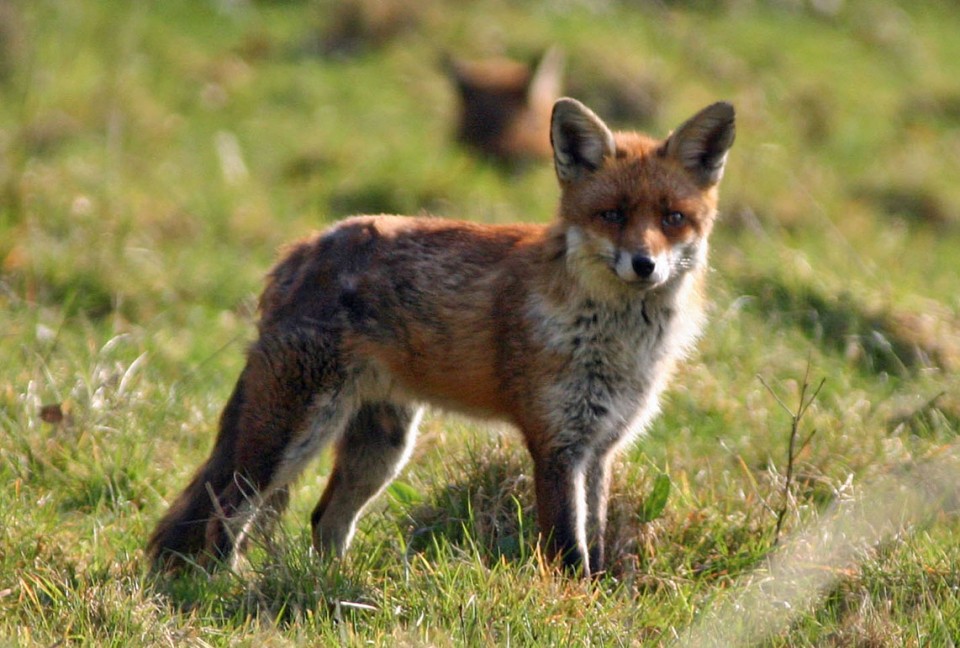Red Fox Interaction with Other Species - Introduction

Foxes interact with many species in a variety of different ways and habitats. Some of these interactions are obvious, foxes are predators and eat other animals, while others may be more subtle; the construction of earths, for example, changes the habitat and influences the plant communities in the vicinity. That which follows is a series of summaries looking at some of these interactions. One question that is frequently asked, but deceptively complicated to answer, is what impact foxes have on the populations of their prey. In other words, can foxes control the numbers of their prey? I shall touch on this subject briefly below, but sufficed to say that many factors interact to complicate the picture; of these factors, habitat plays a crucial role.
In a paper to the journal Mammal Review, a team of ecologists headed by Lucrezia Gorini at the University of Rome reviewed the impact that habitat heterogeneity (i.e. how diverse the habitat is) has on how predators interact with their prey. Gorini and her colleagues noted that how variable a habitat is can influence the relationship between a predator’s search and kill rates.
To put this into perspective, imagine you throw a marble onto the ground and then have to recover it. If you’re standing on a pavement (or other nice flat, uniform surface) the marble is going to be easier to recover than if you’re standing in a woodland, which has leaves, grass, flowers, fungi, trees, etc. to get in the way and obscure the marble. The same is true of a predator searching for its prey – the type of habitat in which it’s hunting can drastically affect how easy it is to find and (perhaps more crucially) sneak up on the prey. So, what we see is that habitat heterogeneity can change the form of what we call the functional response; the relationship between predation rate and prey abundance. This means there’s a difference between the total number of potential prey in the ecosystem and the number actually available to a predator. Put simply, if you can’t find it, you can’t eat it.
We can add to this equation the behavioural response of the prey; they may avoid a particular area if they perceive that they’re more at risk of attack there, further reducing a predator’s chance of securing a meal. I hope I haven’t lost you by this point, but if I have don’t worry: the aim of this section is not to debate the pros and cons of theoretical models of predator-prey interaction. In fact, I don’t plan to make any further mention of the theory. The foregoing is simply meant to illustrate why scientists often have a hard time providing a definite answer to the question of whether a predator can regulate the abundance of its prey. The result may be that foxes can control, for example, vole numbers in some habitats but not in others, or in some seasons but not others (e.g. in summer when they can hear the voles rustle in long grass, but not in winter when the ground’s covered with snow).